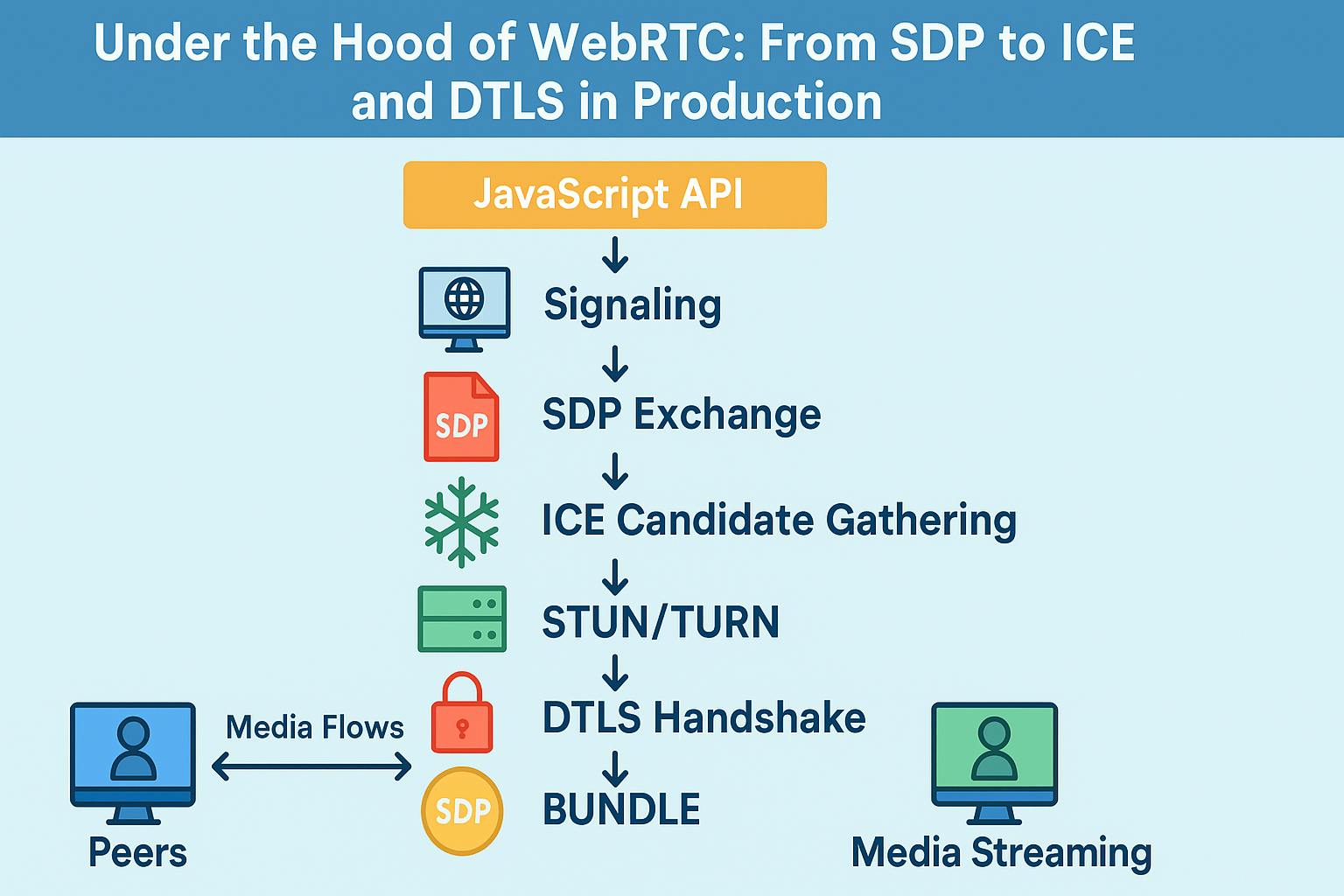📰 How Did Bybit Recover So Quickly After a Major Hack?
When a major cryptocurrency exchange faces a hack, the aftermath can often last for months, if not years. So how did Bybit—the world’s second-largest crypto exchange by trading volume—manage to regain market confidence and recover trading volume within weeks?
A new report by digital asset research firm Block Scholes explores the incident and what it calls a “sharp but brief” liquidity disruption on Bybit, analyzing the exchange’s market recovery through technical indicators, spot data, and peer comparisons. The data reveals a combination of early infrastructure deployment and tactical innovations aimed at protecting retail traders.
A Short-Lived Disruption: The Immediate Aftermath
In the wake of the hack, Bybit saw trading volumes drop and order book depth thin out. Block Scholes attributes this to both the security breach and an ongoing market downturn. However, the disruption was temporary. The report states:
“While the hack triggered a sharp but brief disruption in volumes and order book depth — particularly in the BTC and ETH markets — bid-ask spreads across major tokens remained largely intact.”
Bybit’s ability to keep bid-ask spreads stable despite thinner order books hinted at an underlying mechanism countering the market volatility. That mechanism, the report shows, was already in motion before the hack even took place.
What is RPI and Why Did It Matter?
Retail Price Improvement (RPI) orders—rolled out just days before the hack—became central to Bybit’s recovery. RPI is designed to provide retail traders a better price execution by building a separate liquidity pool. Institutional and algorithmic traders are excluded from this channel.
“Aided by the timely rollout of Retail Price Improvement (RPI) orders, Bybit stabilized liquidity conditions and began to rebuild its share of overall crypto spot trading,” the report noted.
This design allows everyday users transacting through the Bybit interface to access deeper liquidity, often getting a better deal than automated or institutional traders. According to the data, by late March, RPI orders made up more than 50% of the order book depth at key price points in assets like BTC, ETH, SOL, and DOGE.
The RPI pool is built with three layers of liquidity—bid and ask—enhancing both price discovery and execution speed. According to Bybit’s internal analytics:
“RPI orders dominated price zones within 5–10 basis points of the mid-price, accounting for up to 30% of the liquidity in those levels.”
For retail traders, this translated into tighter spreads and more favorable execution conditions, even in post-incident volatility. Learn more about RPI Orders on Bybit.
Market Share Recovery and Liquidity Metrics
Bybit’s share of the spot trading market dropped to 4% following the hack but recovered to 7% by early April, according to Block Scholes. The exchange also restored healthy order book depth and normalized spreads on its major pairs, including BTCUSDT and ETHUSDT.
Technical indicators tracked during this period included 3-stall liquidity measurements, a metric that evaluates available depth across three price levels. Block Scholes’ analysis shows RPI orders consistently improved liquidity at these levels.
“The order book metrics returned to pre-incident benchmarks within a week,” the report said.
This is a relatively fast timeline in the aftermath of a cyberattack, especially considering the typical hesitancy among market makers and large traders following breaches.
View full Bybit data from Feb 24–Apr 1, 2025
Peer Comparison and the Bigger Picture
Compared to other exchanges that have experienced similar disruptions, Bybit’s response stands out for its use of technical tools to protect retail order flow. Where other platforms may rely on external liquidity providers or restrict trading after hacks, Bybit took the opposite approach—enhancing access and reducing friction.
Block Scholes’ study benchmarks Bybit against peers by analyzing liquidity recovery curves. While the names of competing exchanges are anonymized in the public version of the report, the relative slope of Bybit’s recovery curve suggests a steeper rebound than most.
This raises questions about whether retail-focused tools like RPI might become standard across other centralized exchanges.
A Smart Play with RPI, But Sustainability Remains the Question
Bybit’s handling of the crisis shows the strength of having systems like RPI in place—not just as product features, but as strategic safeguards. The exchange’s ability to quickly normalize market behavior without resorting to heavy PR or marketing spin is notable. Bybit must maintain a careful balance between retail friendliness and institutional participation. The bigger challenge is ensuring that such innovations aren’t just reactive but form part of a proactive resilience strategy. Crypto markets are volatile by design. Exchanges that can evolve their liquidity infrastructure without waiting for crises will likely lead the next era.
Final Thoughts
Bybit’s recovery provides a compelling case study in crypto market resilience. With the help of technical innovations like RPI, the exchange managed to stabilize order books and regain lost ground in a matter of weeks. The Block Scholes report offers a rare view into how deep liquidity mechanics and strategic tooling can shape post-crisis outcomes in digital finance.
In a sector prone to turbulence, the lesson here is clear: infrastructure—not hype—is what carries platforms through the storm.
Don’t forget to like and share the story!
Vested Interest Disclosure: This author is an independent contributor publishing via our













